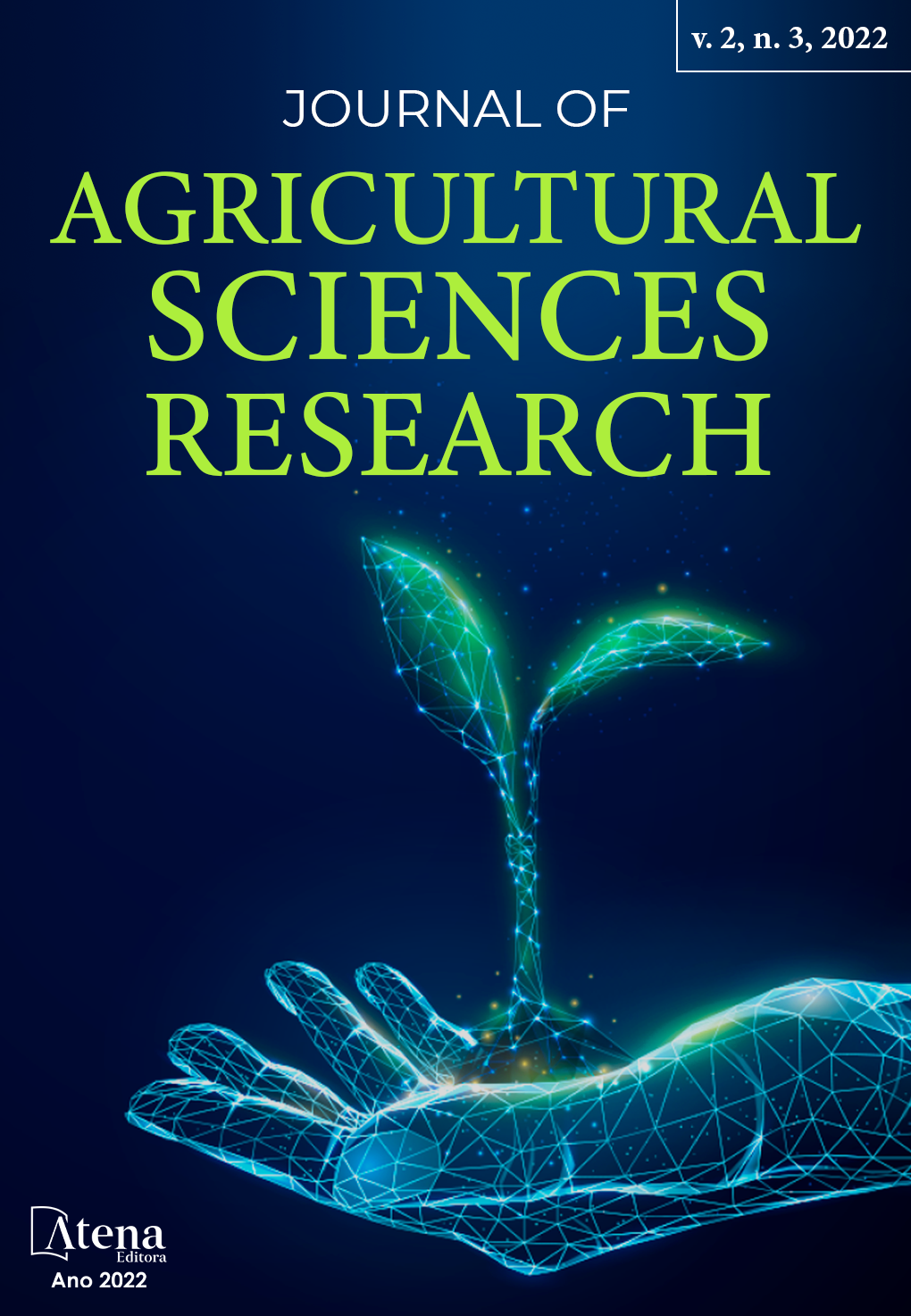
TERRITORIAL ZONING OF BRAZILIAN AREAS FAVORABLE TO Anastrepha curvicauda (DIPTERA: TEPHRITIDAE) IN PAPAYA CROP
Anastrepha curvicauda (Diptera: Tephritidae) (syn. Toxotrypana curvicauda) is one of the main fruit flies of papaya crop abroad. The insect is an absent quarantine pest (AQP) in Brazil. However, due to its great potential to attack the fruit crop, with economic and social impacts, and because it is present in areas of Venezuela and Colombia, the insect was prioritized among the 20 AQPs for prospective research. The use of ecological niche modeling and geoprocessing techniques, considering respectively the algorithm Genetic Algorithm for Rule-set Production (GARP) in OpenModeller platform and ArcGIS, has contributed to obtaining georeferenced information on national municipal areas favorable to the occurrence of insect pests. Information from technical-scientific literature and from national and international databases was used. This work presents the territorial zoning of Brazilian areas favorable to A. curvicauda in papaya crop, considering ecological niche modeling in GARP, ArcGIS and information from international/national databases on papaya crop, municipalities and climatic factors (GBIF, SIDRA/IBGE, BDMEP/INMET). Suitable areas for the insect were identified in all geographic regions of the country, predominantly in municipalities of the Southeastern, Northeastern, and Southern regions. Suitable microregions of the states were also identified, allowing the observation of their respective municipal concentrations presenting this favorability. The federation units that showed greater municipal favorabilities for the occurrences of this AQP in papaya were Bahia, Minas Gerais, São Paulo, Rio Grande do Sul, Paraná, and Espírito Santo. The results contribute to national phytosanitary defense strategies aimed at preventing the entry of this absent quarantine pest in Brazil.
TERRITORIAL ZONING OF BRAZILIAN AREAS FAVORABLE TO Anastrepha curvicauda (DIPTERA: TEPHRITIDAE) IN PAPAYA CROP
-
DOI: 10.22533/at.ed.973232218048
-
Palavras-chave: fruit fly; GIS; Open Modeller; quarantine pest absent; crop protection.
-
Keywords: fruit fly; GIS; Open Modeller; quarantine pest absent; crop protection.
-
Abstract:
Anastrepha curvicauda (Diptera: Tephritidae) (syn. Toxotrypana curvicauda) is one of the main fruit flies of papaya crop abroad. The insect is an absent quarantine pest (AQP) in Brazil. However, due to its great potential to attack the fruit crop, with economic and social impacts, and because it is present in areas of Venezuela and Colombia, the insect was prioritized among the 20 AQPs for prospective research. The use of ecological niche modeling and geoprocessing techniques, considering respectively the algorithm Genetic Algorithm for Rule-set Production (GARP) in OpenModeller platform and ArcGIS, has contributed to obtaining georeferenced information on national municipal areas favorable to the occurrence of insect pests. Information from technical-scientific literature and from national and international databases was used. This work presents the territorial zoning of Brazilian areas favorable to A. curvicauda in papaya crop, considering ecological niche modeling in GARP, ArcGIS and information from international/national databases on papaya crop, municipalities and climatic factors (GBIF, SIDRA/IBGE, BDMEP/INMET). Suitable areas for the insect were identified in all geographic regions of the country, predominantly in municipalities of the Southeastern, Northeastern, and Southern regions. Suitable microregions of the states were also identified, allowing the observation of their respective municipal concentrations presenting this favorability. The federation units that showed greater municipal favorabilities for the occurrences of this AQP in papaya were Bahia, Minas Gerais, São Paulo, Rio Grande do Sul, Paraná, and Espírito Santo. The results contribute to national phytosanitary defense strategies aimed at preventing the entry of this absent quarantine pest in Brazil.
-
Número de páginas: 16
- Maria Conceição Peres Young Pessoa
- Bárbara de Oliveira Jácomo
- Jeanne Scardini Marinho-Prado
- Beatriz de Aguiar Giordano Paranhos
- Rafael Mingoti


